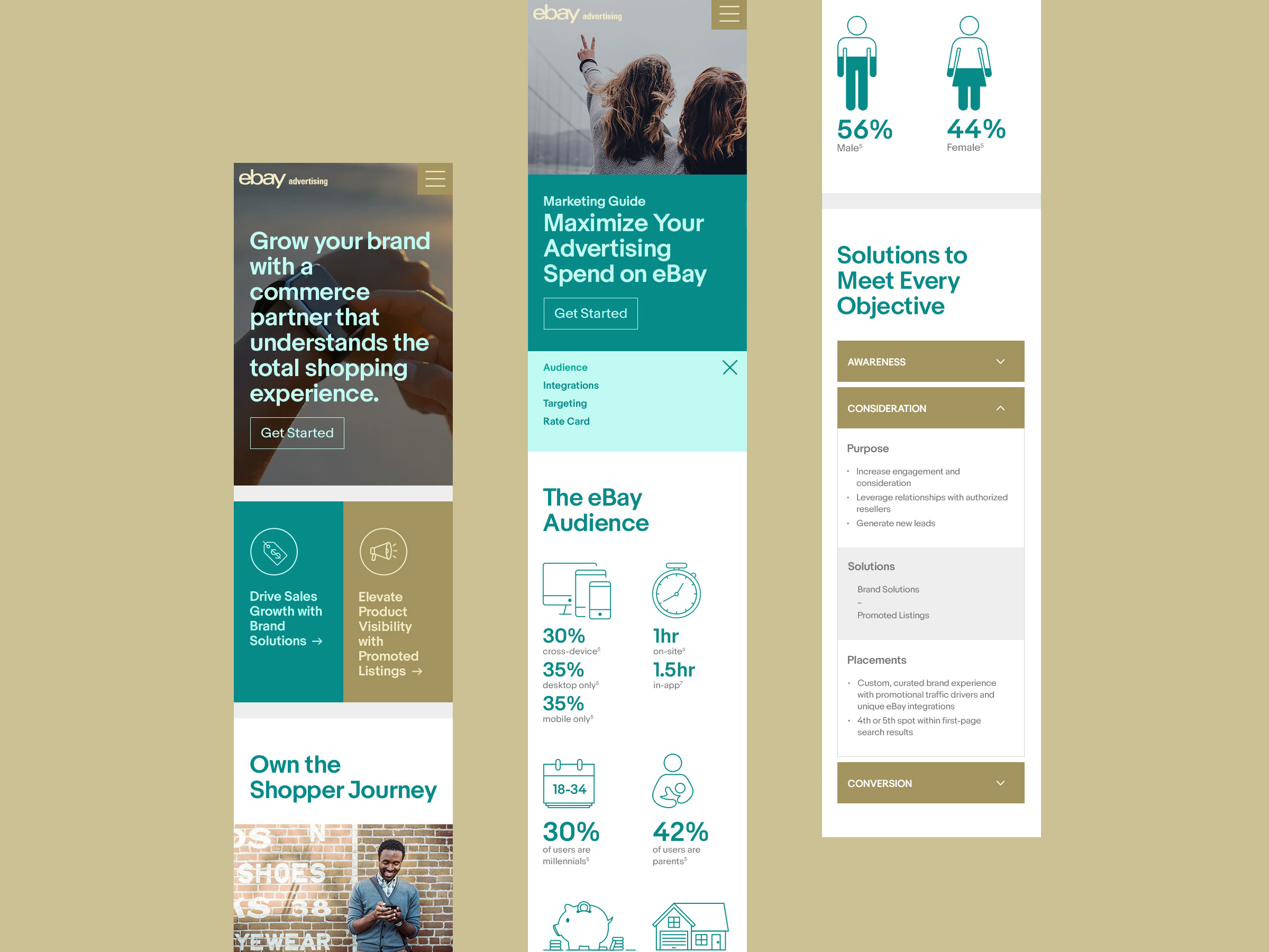Background
Following the success of a digital transformation initiative at PwC, there was an opportunity to share the wealth of automations that had been developed internally with our external clients. These digital assets were built leveraging PwC’s technical and functional domain expertise. The challenge was to productize what had thus far been a high-touch service offering, providing real value and time saving benefits to teams at scale in an easy-to-use self-service package.
Role
As the first dedicated UX designer on a freshly formed Commercialization team at PwC, I was responsible for all UX artifacts and design delivery in the PoC stage and the majority of the MVP product we launched.
Approach
Our insights indicated that what mattered most to the end user was reducing points of friction in adopting new tools to execute routine and targeted functional tasks.
The MVP scope included a homepage, catalog search and browse functionality with scalable filtering options, a finance process framework with task-based inventory mapping, detail pages featuring demos and support material, and a guided walkthrough experience template for server-side solutions.
Demo used for PoC validation and stakeholder alignment
Our team prided ourselves in operating like a startup. For me, standing up the MVP product involved developing a design language in line with PwC’s Appkit design system and brand guidelines, helping to define CMS inventory templates for content managers, setting up a design handoff process, and conducting thorough design QA and UAT testing.
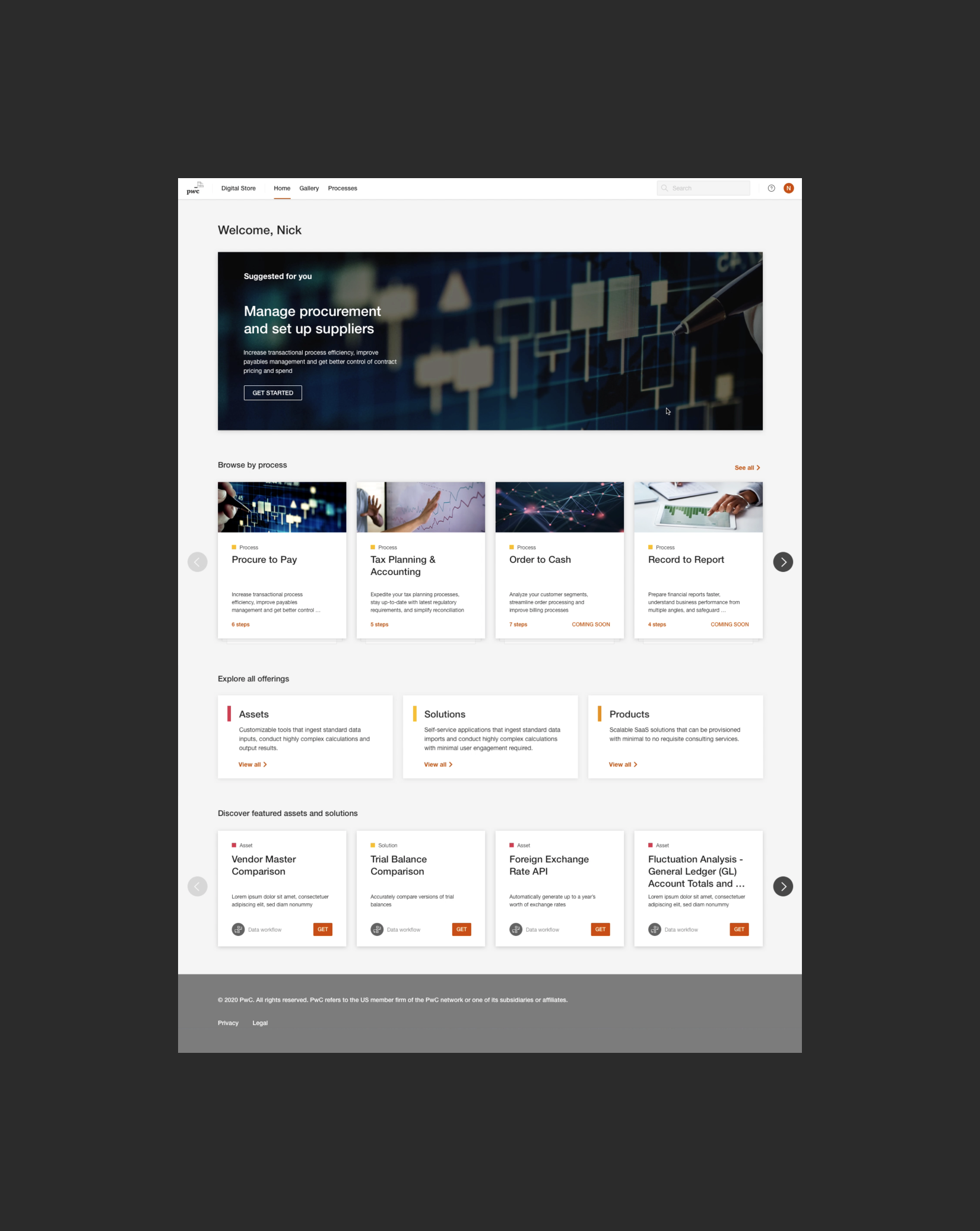
Logged in homepage with featured processes, an overview of offerings and featured inventory (MVP)
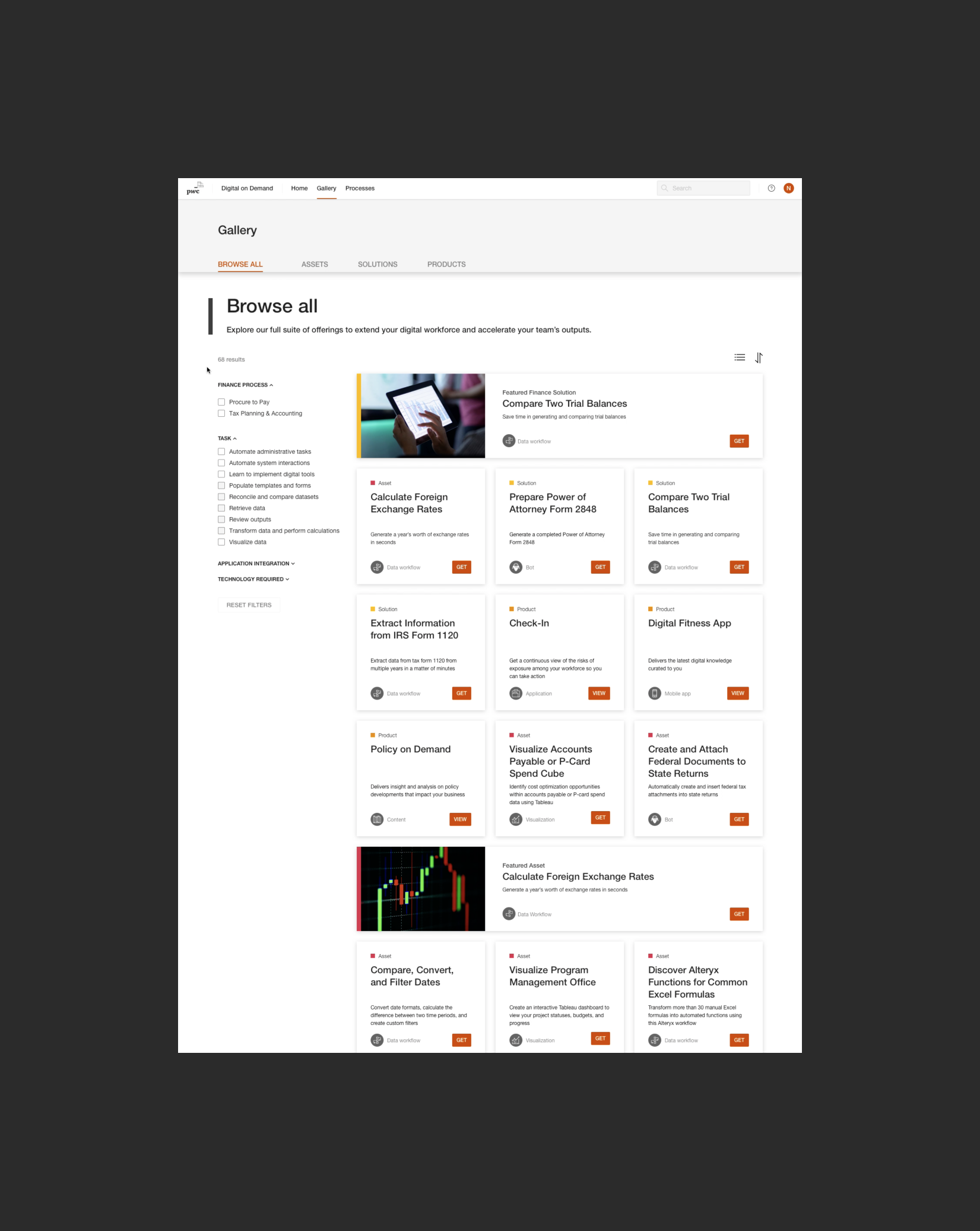
Complete inventory gallery with filters
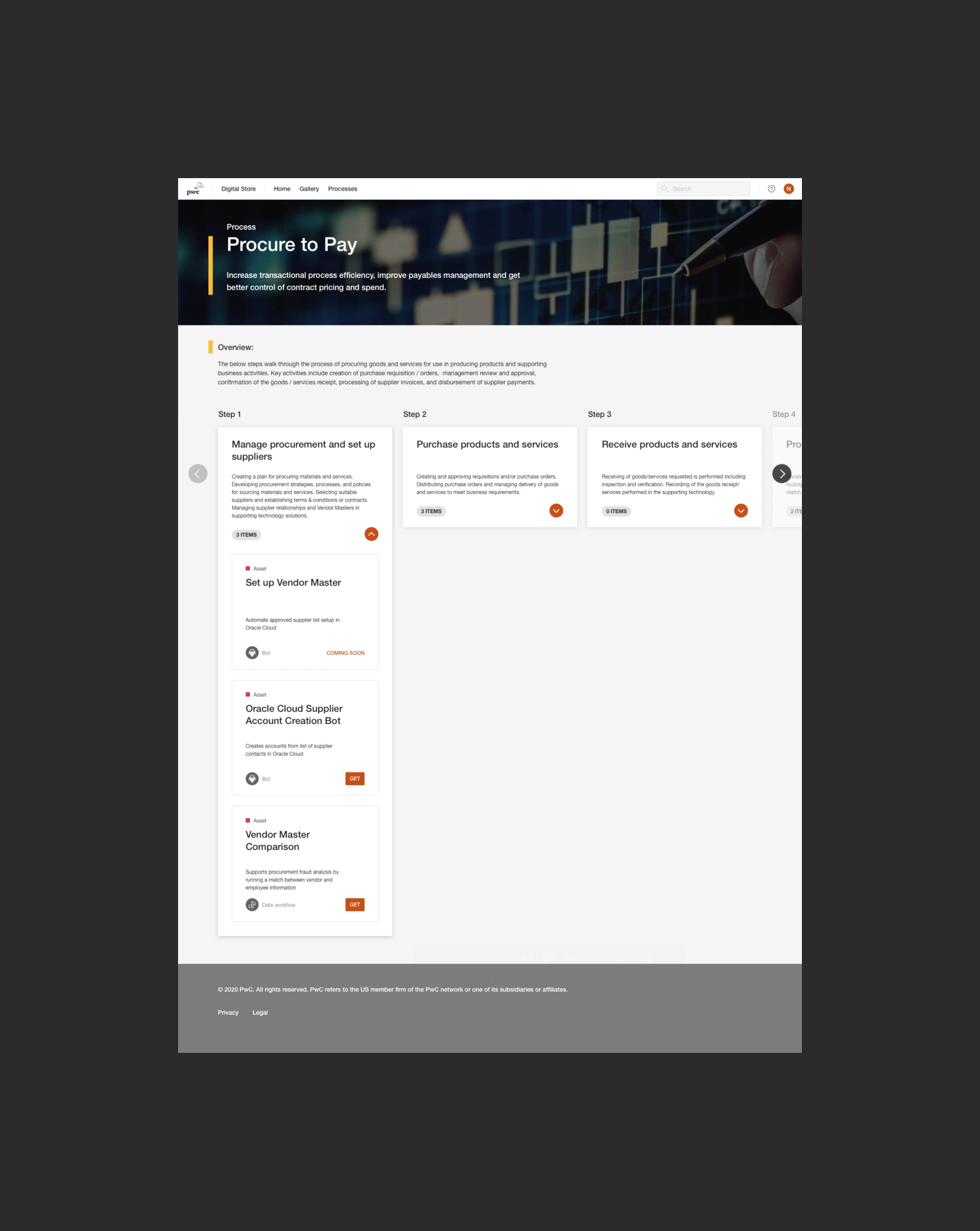
Process mapping
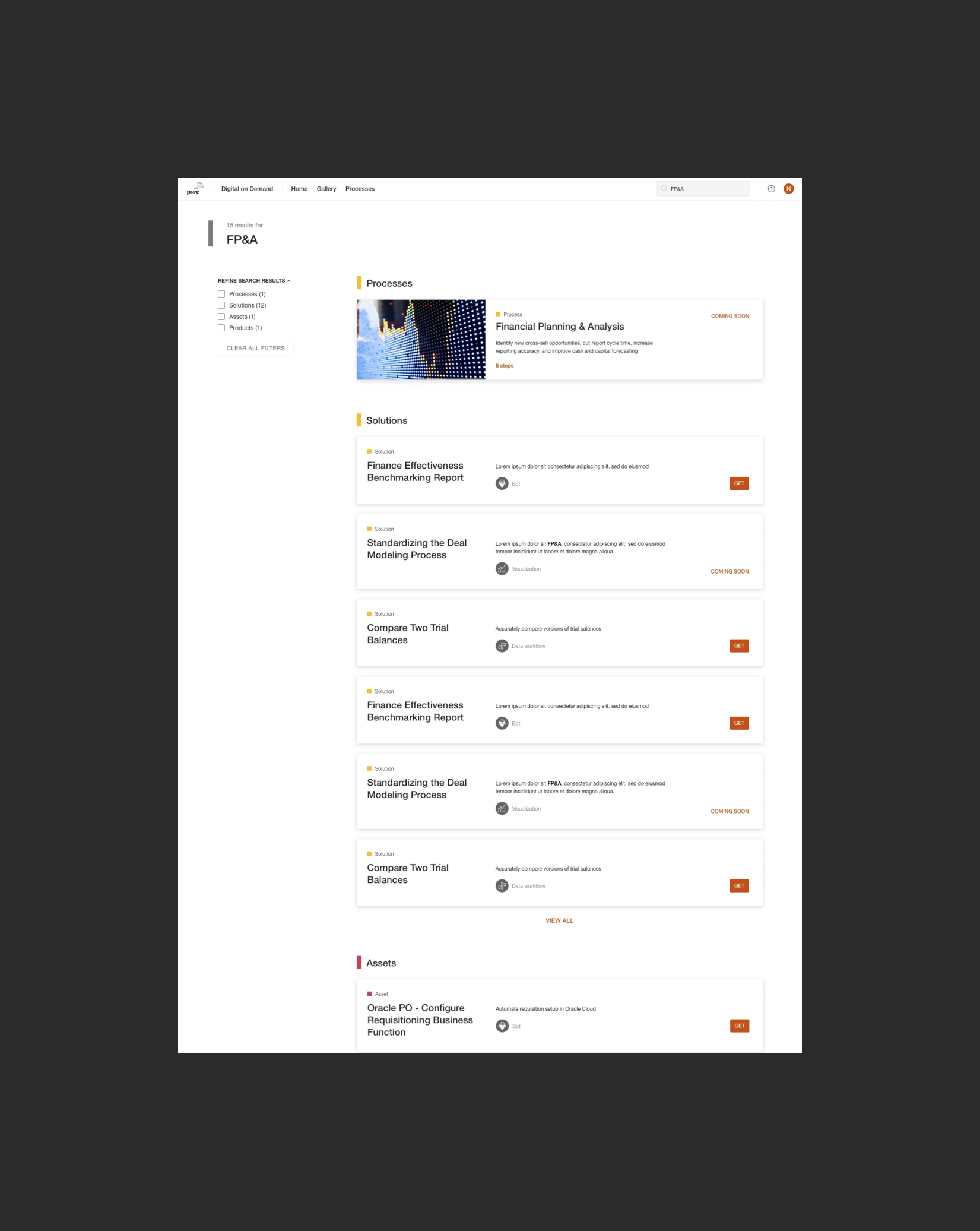
Search results sorted by result type
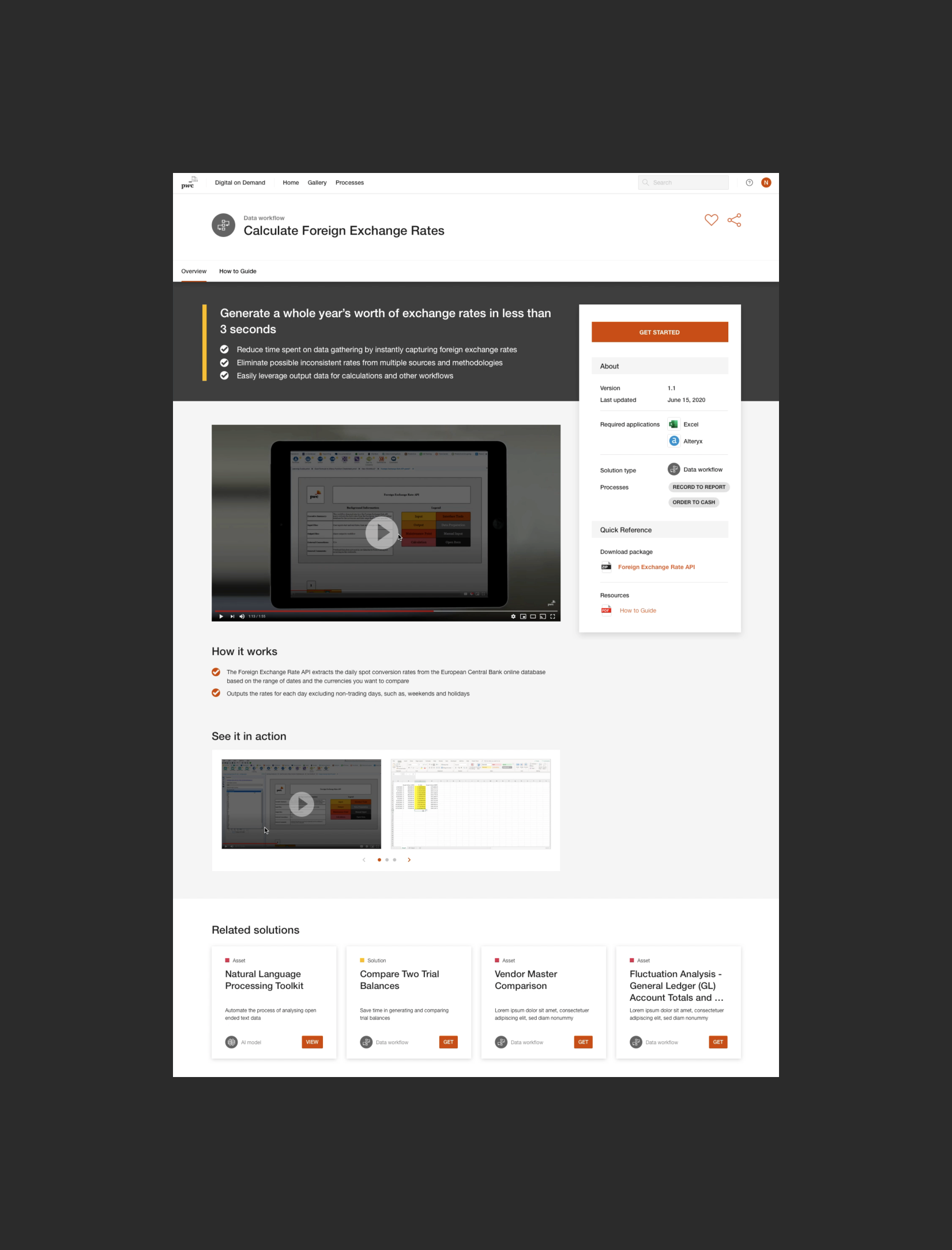
Asset detail page
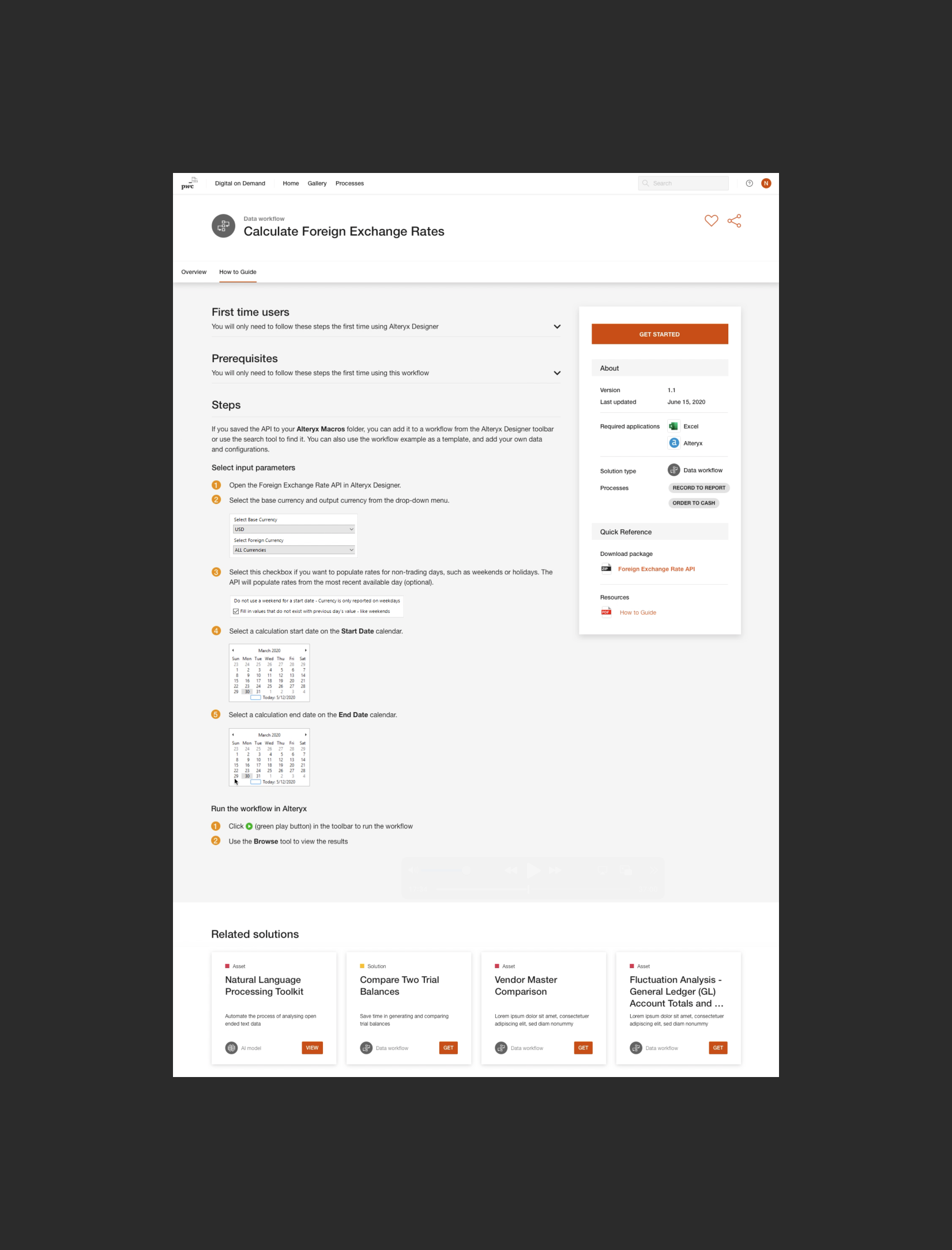
Asset documentation
In close collaboration with PM, tech and inventory leads, we devised a system of “Lego block” modules that could be sequenced and configured as needed to accommodate a wide range of automations in our inventory, enabling us to define the requirements for a given solution and implement them within a sprint.
Samples of guided user-facing steps used to run cloud-based AI models and automations
Outcome
The tools and processes I introduced into our workflow helped facilitate smooth cross-functional collaboration and alignment early on, as well as onboarding as our team grew.




